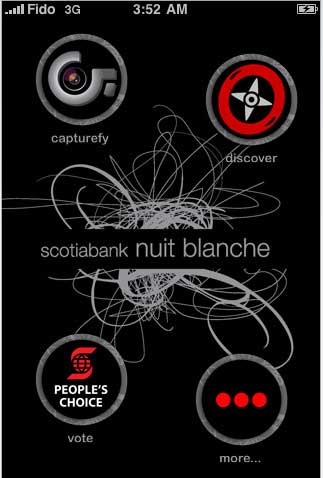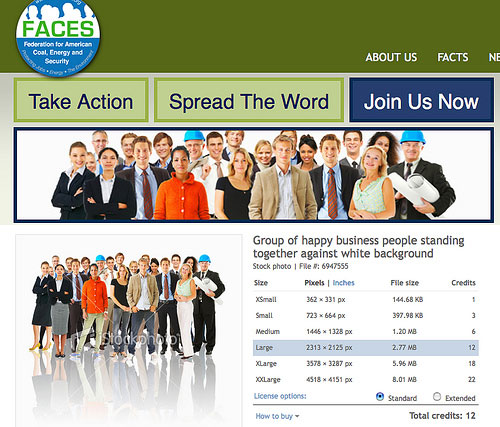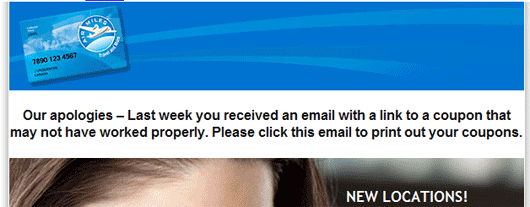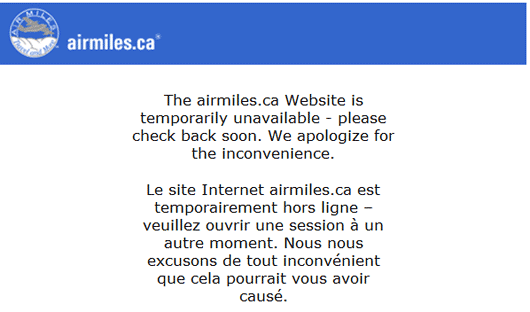One thing that is great about email marketing is that it allows you to be very timely.
Unlike with traditional print flyers where you have to get your flyer designed, then printed, then packaged for mailing, with email it’s just point, click, send. There is no massive lead time, no waiting for ink to dry, no stuffing into envelopes, no driving to the post office, no walking door-to-door … and, since you’re not using paper it’s also more eco-friendly (and everyone loves an organization that goes green!).
Yesterday, I saw a truly excellent example that highlights this big benefit and really showcases just how quickly a business can blast out an incredibly relevant and timely email to their customers.
While millions of TV viewers were watching as a giant Mylar balloon flew through the air in Colorado apparently carrying a 6 year-old boy (see video on CNN), one of our customers that runs a “Home Safety” store was busy preparing an email blast.
The email featured a summary of the story essentially with the tag line “how safe is your home?” The email then went on to showcase several new products.
While this customer’s email was probably going to send out anyway, the fact that they were able to make a quick last-minute adjustment to include a current event literally as it was happening, makes it a much more effective email when it lands in his recipient’s inboxes. After all, some people may not have heard the story yet and it was their ‘home safety’ email that broke the news.
Being timely in your email marketing campaigns can really take your newsletter to the next level.




